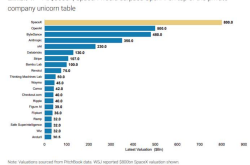From Feature Phones to Smartphones: Why Mobile Design Innovations Are Waning
![]() 07/21 2025
07/21 2025
![]() 655
655
Users now demand interaction efficiency more than ever.
What novel design elements can smartphones still offer?
Recently, OPPO unveiled the Reno14 series, emphasizing aesthetics, tactile feel, and imaging capabilities. The SunMoon variant combines photochromic and thermochromic coating technologies to create a temperature-sensitive color-changing body, showcasing vastly different visual effects at varying temperatures. Realme's new Neo7 Turbo offers a transparent body option, while Nothing Phone's third-generation product retains its transparent design and introduces a dot matrix screen for the overseas market.
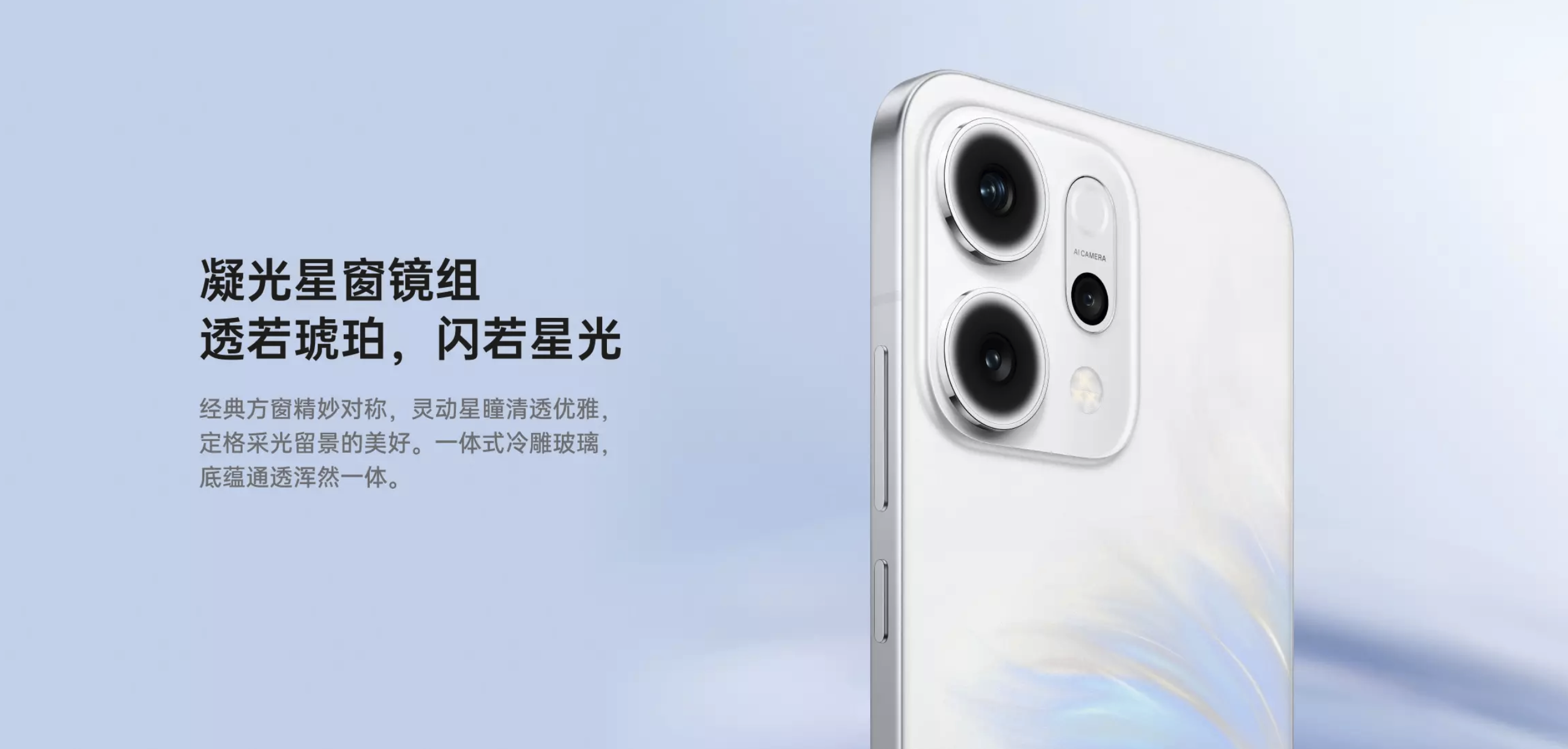
(Image source: OPPO)
Suddenly, it seems that mobile phone manufacturers are once again vying for design supremacy. However, these designs evoke a sense of nostalgia among LeiTech editors. After all, as early as late 2020, OPPO Reno5 Pro+ already featured an electrochromic back cover. While temperature-sensitive color changing enhances aesthetics, the fundamental design principles remain unchanged.
Transparent bodies are a technology that LG showcased in 2009. In 2018, Xiaomi released the Mi 8 Transparent Edition Explorer Edition, also adopting a transparent back cover design. It has been seven years since then. RedMagic, a gaming phone manufacturer, has released multiple generations of transparent versions. As for dot matrix screen designs, the ROG Phone 9 also possesses one. The idea of adding a screen to the back of a phone is not new; the flip-out sub-screens on the backs of various manufacturers' foldable phones are a case in point, and even the Meizu Pro 7 in 2017 featured a sub-screen on its back.
Despite manufacturers' efforts, mobile phone design seems to be stagnating, with no groundbreaking changes emerging. Looking back at the history of the mobile phone industry, feature phones still dominate in terms of design diversity.
In the era of feature phones, mobile phone design was diverse, featuring classic form factors such as bar, slider, flip, and side-slider phones. Major manufacturers like Nokia, Sony Ericsson, and Motorola created a series of products whose designs are still iconic today.
For example, Nokia's N-Gage phone, launched in 2003, pioneered the horizontal holding form factor and is also known as the world's first dedicated mobile gaming device. However, due to its limited game lineup and high price, the phone had no advantage over Nintendo's GBA handheld console, and sales fell below Nokia's expected targets.
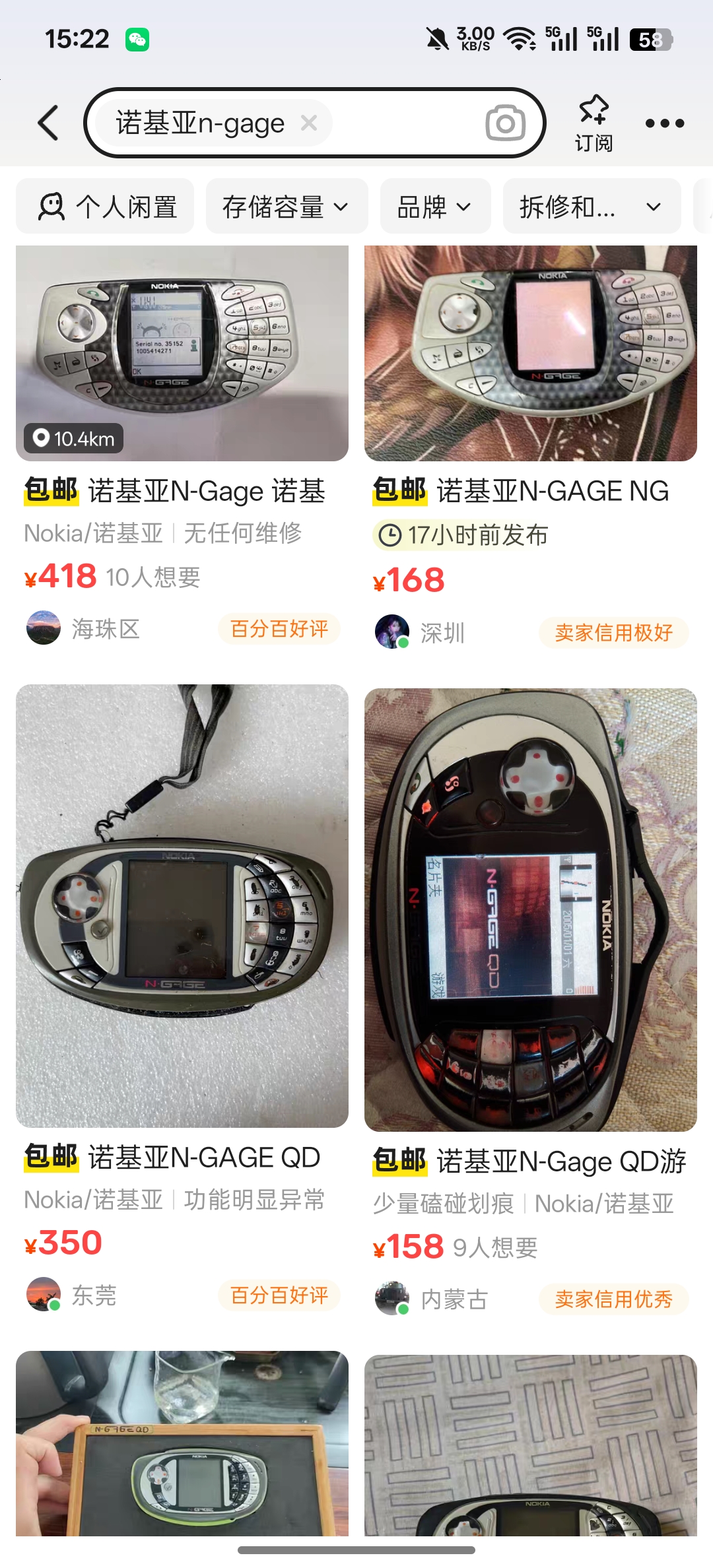
(Image source: Xianyu screenshot)
The 'lipstick phone' Nokia 7280, released in 2005, is more of an artwork than a mobile phone. Its sleek, elongated design makes it a favorite collectible among digital enthusiasts even today, 20 years later.
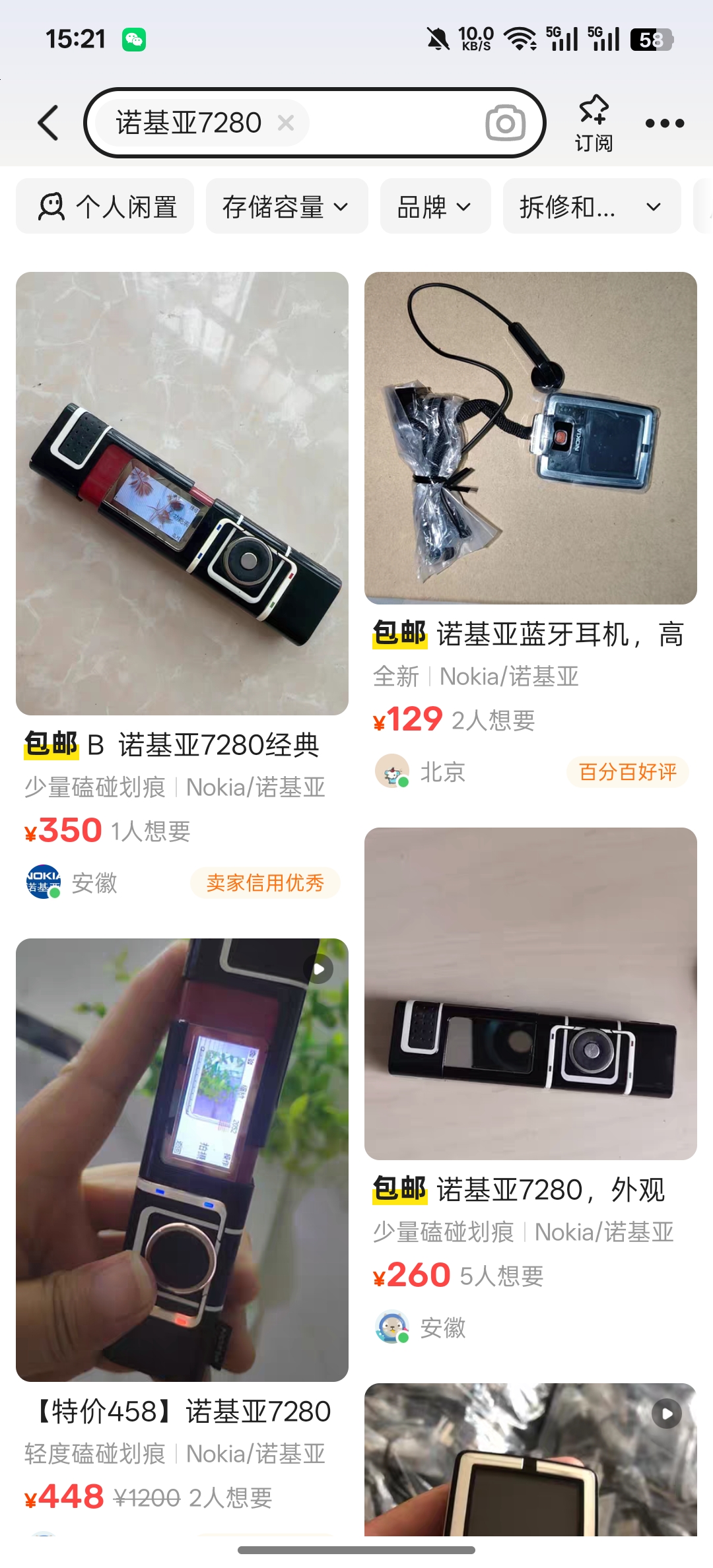
(Image source: Xianyu screenshot)
But when it comes to design, the Motorola AURA R1 is a favorite among the LeiTech team. Released in November 2008, the regular version retailed for nearly 8,000 yuan, while the gold and diamond-encrusted version sold for up to 20,000 yuan. Its rotatable cover, exquisite color scheme, and texture made it the dream phone for many.
Even today, a fully functional Motorola AURA R1 often sells for over 1,000 yuan on second-hand platforms, with some higher-quality models fetching around 3,000 yuan.
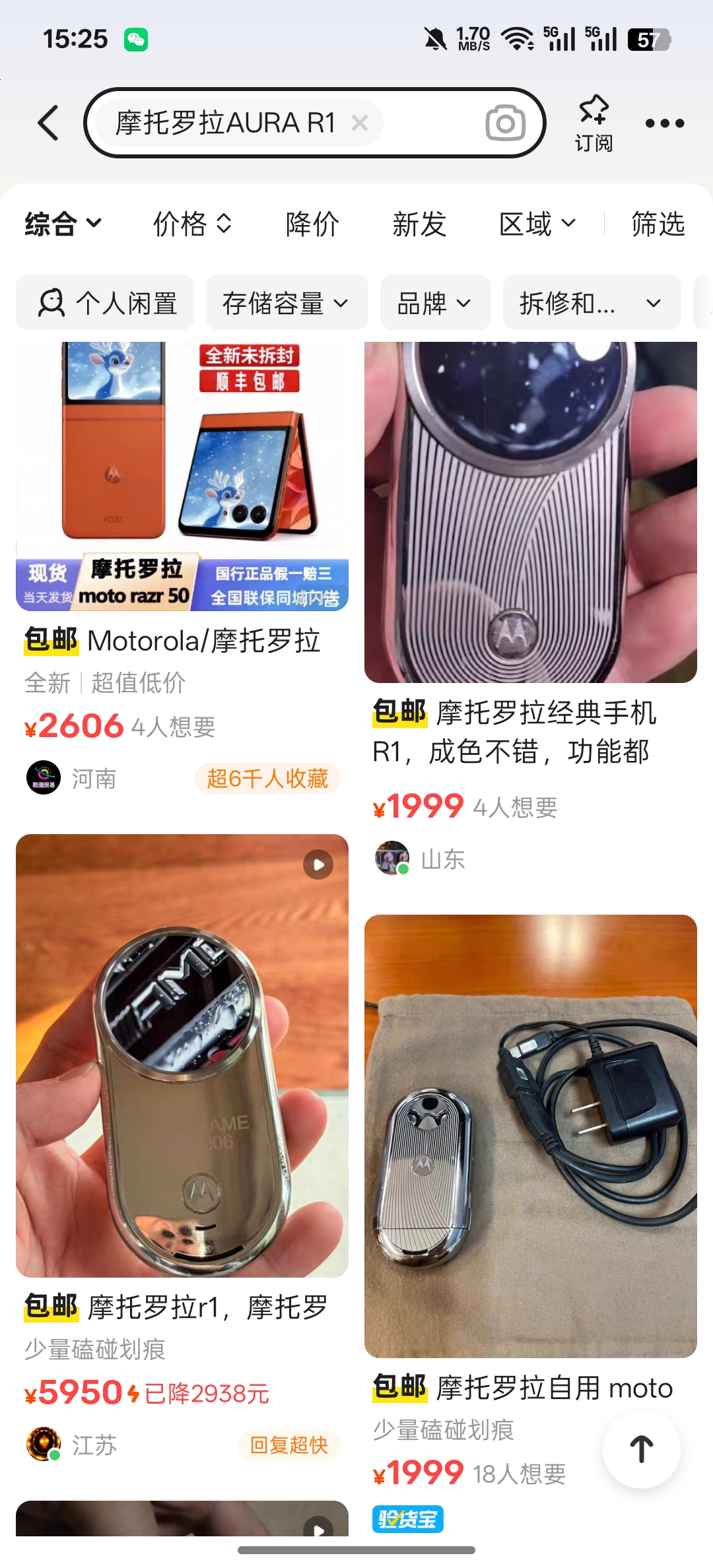
(Image source: Xianyu screenshot)
After the mobile phone industry entered the era of smartphones, design gradually converged, with major manufacturers even collectively copying Apple's designs. The development trend of smartphone products is to reduce the bezel width and increase the screen-to-body ratio on the front. BlackBerry, which insisted on equipping its smartphones with physical keyboards, was eliminated from the market. Sony, which refused to use notched screens, may not be able to sustain its mobile phone business for much longer. Changes on the back of the phone are mainly reflected in the camera module, with the current mainstream designs including matrix, circular, and vertical strip layouts. After experimenting with metals, ceramics, plastics, and other materials, glass has ultimately become the dominant material for phone bodies, with vegan leather and ceramics often appearing on high-end phones.
During the development of smartphones, designs such as curved screens, notched screens, waterdrop screens, and punch-hole screens have emerged, but these designs have not fundamentally altered the form factor of phones, which have remained slab-like. Even after market testing of phone back designs, domestic leading phone manufacturers have almost unanimously chosen the circular design for their flagship models. Although Xiaomi's standard and Pro versions adhere to the top-left matrix module, the Ultra version follows industry trends with a circular design.
The biggest change in smartphone design in the smartphone era is the foldable phone, driven by Huawei and Samsung, with all major Android manufacturers following suit and launching products in different form factors, such as large foldables and flip foldables. Huawei has gone a step further, creating four major product lines: large foldables, flip foldables, wide foldables, and triple foldables.
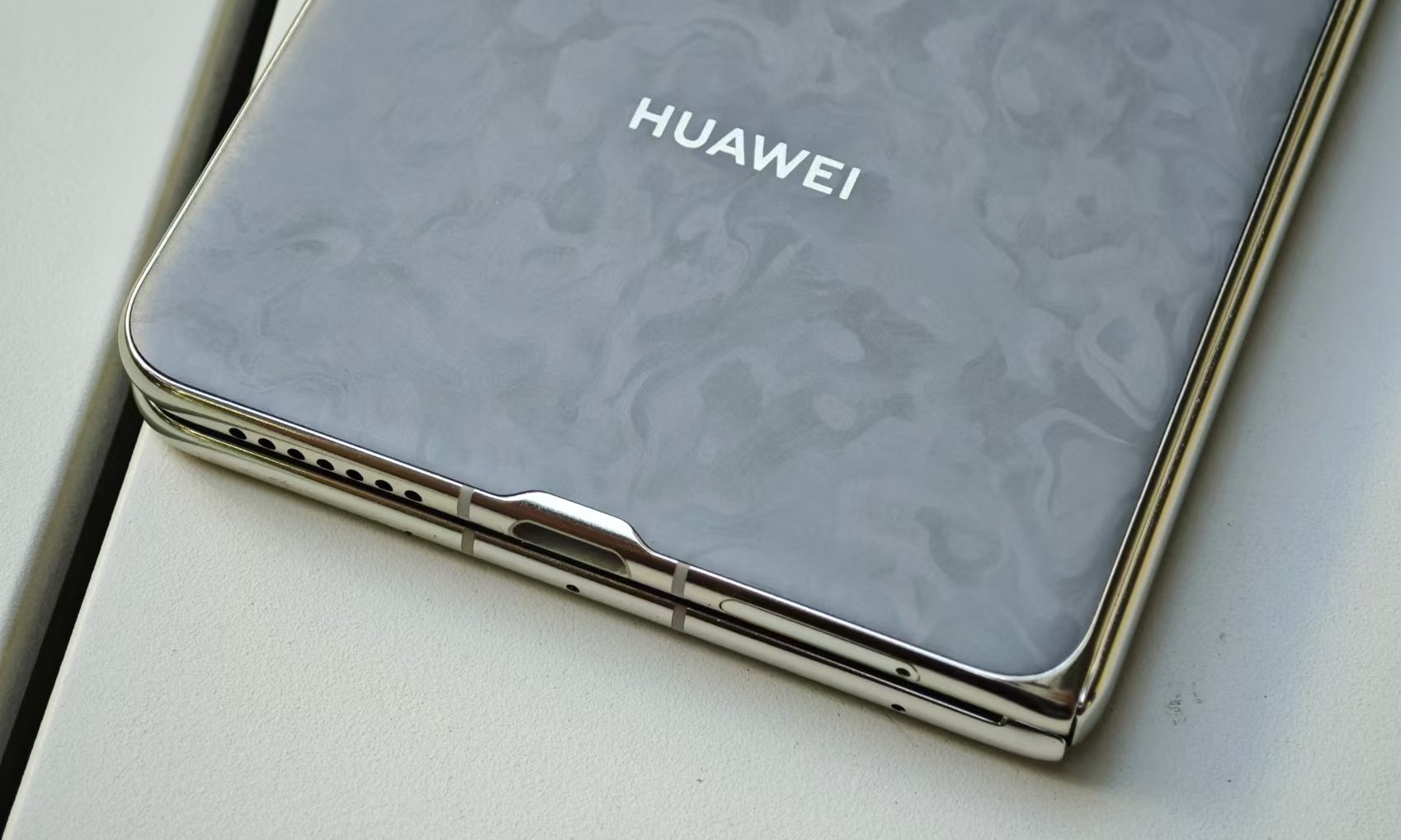
(Image source: LeiTech production)
However, the high price and trade-offs in configuration have prevented foldable phones from replacing slab flagships. Large foldable phones compromise on thinness and lightness, falling short of slab flagships in terms of battery life, heat dissipation, and imaging. Small foldable phones, even more so, lag behind slab flagships in almost every aspect except aesthetics when compared to those in the same price range.
After several years of development, foldable phones are also gradually showing convergence. Large foldable phones are becoming increasingly similar to slab phones when folded. The OPPO Find N/N2 design, which was widely praised by LeiTech, has ultimately been abandoned by manufacturers.
Nowadays, designs are becoming increasingly similar, making it difficult to distinguish which manufacturer a phone belongs to just by looking at the back. In the early years, there were heated discussions among netizens about copycat designs and similar appearances, but now we have become accustomed to it. However, for consumers, this change may not be a bad thing.
Feature phones boasted many different designs, but convergence emerged in the smartphone era. The reason behind this is simple: smartphones prioritize information interaction efficiency and user experience.
Feature phones had weak performance and few functions, generally did not support the free installation of third-party applications, and struggled with complex tasks. Their primary use cases were making calls and sending text messages. As for gaming phones, Sony Ericsson and Nokia launched some products, but due to limited game lineups and chip performance, they did not achieve significant success.
Feature phones did not need to display a lot of information on the screen, so the requirements for the screen were relatively low. Manufacturers only needed to retain a small screen for displaying information, while other design aspects could be freely explored. Whether it's the Nokia 7280 or the Motorola AURA R1, their exquisite and unique designs offered little improvement in practicality.
Smartphones provide various services such as video, gaming, social networking, and office work, most of which require the screen as an interaction window, making the screen extremely important. The small-screen flagship phones recognized by domestic Android manufacturers and consumers have screen sizes around 6.3 inches, while feature phones generally had screens no larger than 3.5 inches at the time.
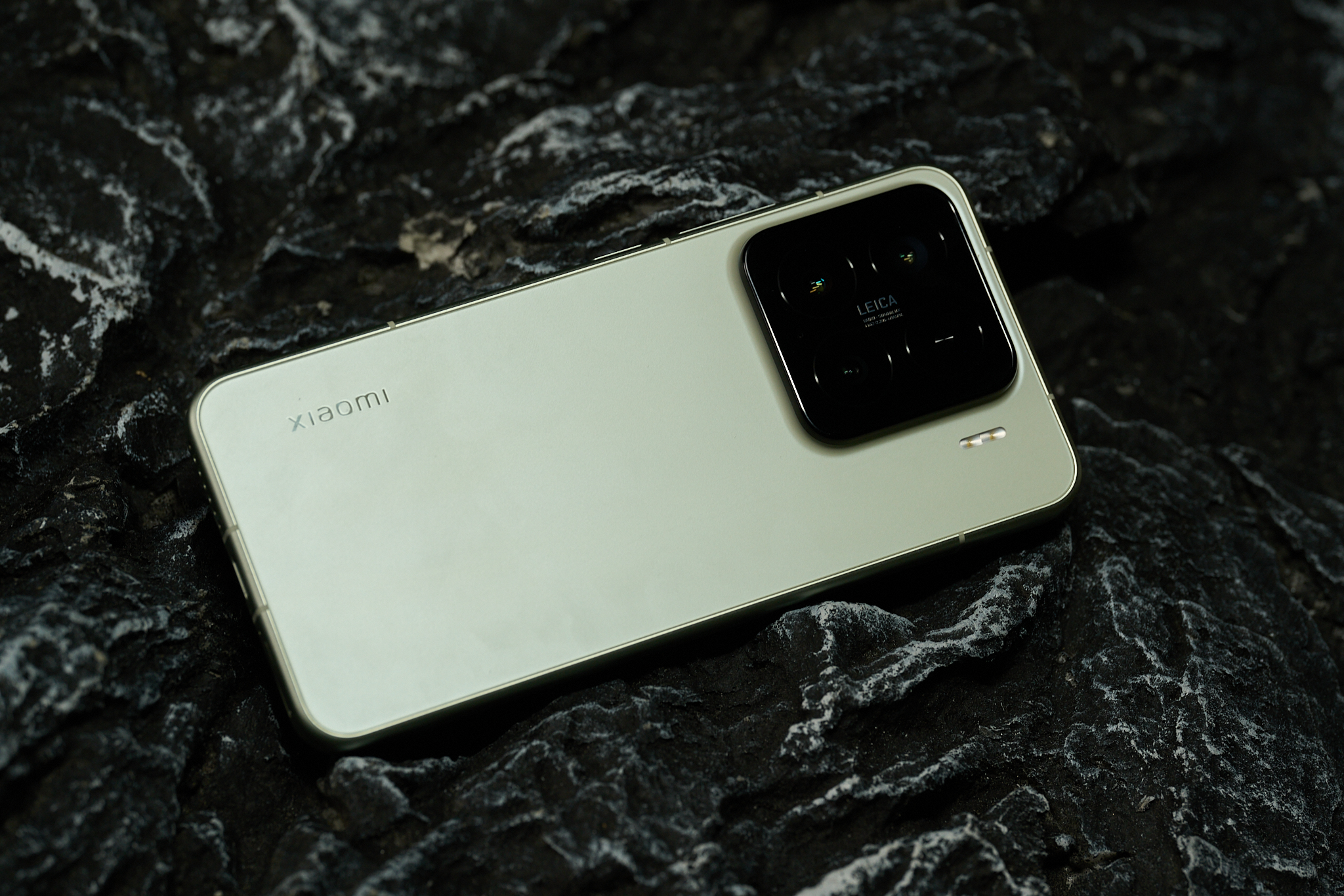
(Image source: LeiTech production)
In terms of information interaction, a rectangular shape is definitely the most suitable. If a circular shape like the Motorola AURA R1 were used, screen utilization would inevitably suffer. Changes in body proportions have also evolved based on user habits. Early on, to allow users to watch videos without black bars, many phones adopted a 16:9 aspect ratio. However, large-screen phones with this ratio were too wide, making one-handed operation inconvenient. Nowadays, phone screen sizes are generally between 19:9 and 21:9.
Aesthetics also drives the development of mobile phone design, but its importance pales in comparison to efficiency and user experience. Take curved screens as an example. Initially, manufacturers uniformly adopted curved screen designs for flagship phones to enhance visual effects, but now they are gradually returning to flat screens with lower accidental touch rates. Under-display cameras followed a similar trend, once causing a stir but losing out on selfie capabilities and not being widely adopted by phone manufacturers.
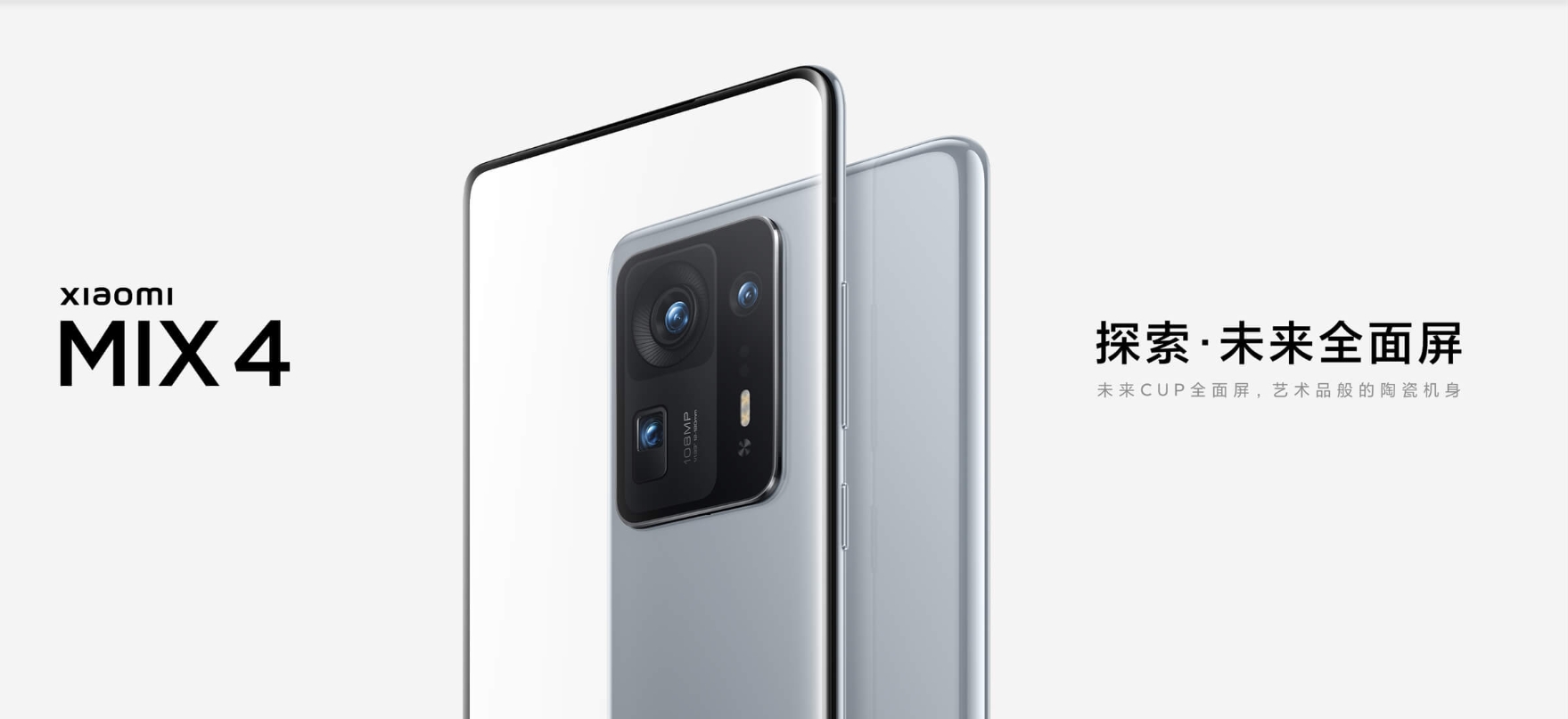
(Image source: Xiaomi)
The era of feature phones belonged to the nascent stage of mobile phone industry development. Due to limited product uses and difficulty in creating a significant difference in user experience, manufacturers could only focus on design, attracting consumers with more exquisite aesthetics. Klaus Zellmer, President of Porsche China, commented on the Xiaomi SU7 that good design always has a special connection. This statement also holds true in the mobile phone industry. In the later stages of the smartphone era, the mobile phone industry is extremely mature, and both manufacturers and consumers know which design offers the highest practicality.
The changes in the appearance of new phones from manufacturers like OPPO, Nothing Phone, and Realme this year can only create subtle differences from phones with traditional designs, insufficient to become a decisive factor in phone sales. In terms of form factors, consumers are looking forward to a groundbreaking transformation.
On July 21, OPPO will release the new K13 Turbo. The biggest difference between this model and other mid-range phones is that it is equipped with an independent cooling fan that supports water resistance. Generally, only gaming phones have built-in cooling fans, but gaming phones cater to a niche market, and today, only ROG and RedMagic remain as mainstream gaming phone manufacturers.
Moreover, the Qualcomm Snapdragon 8s Gen 4 chipset, which powers the OPPO K13 Turbo, has excellent energy efficiency and powerful performance in tests conducted by Geekbench. The improvement in user experience provided by the independent fan will not be very noticeable in most scenarios. The design of the OPPO K13 Turbo seems more like an attempt to differentiate itself from other mid-range phones, but it has to be said that it has indeed attracted attention.
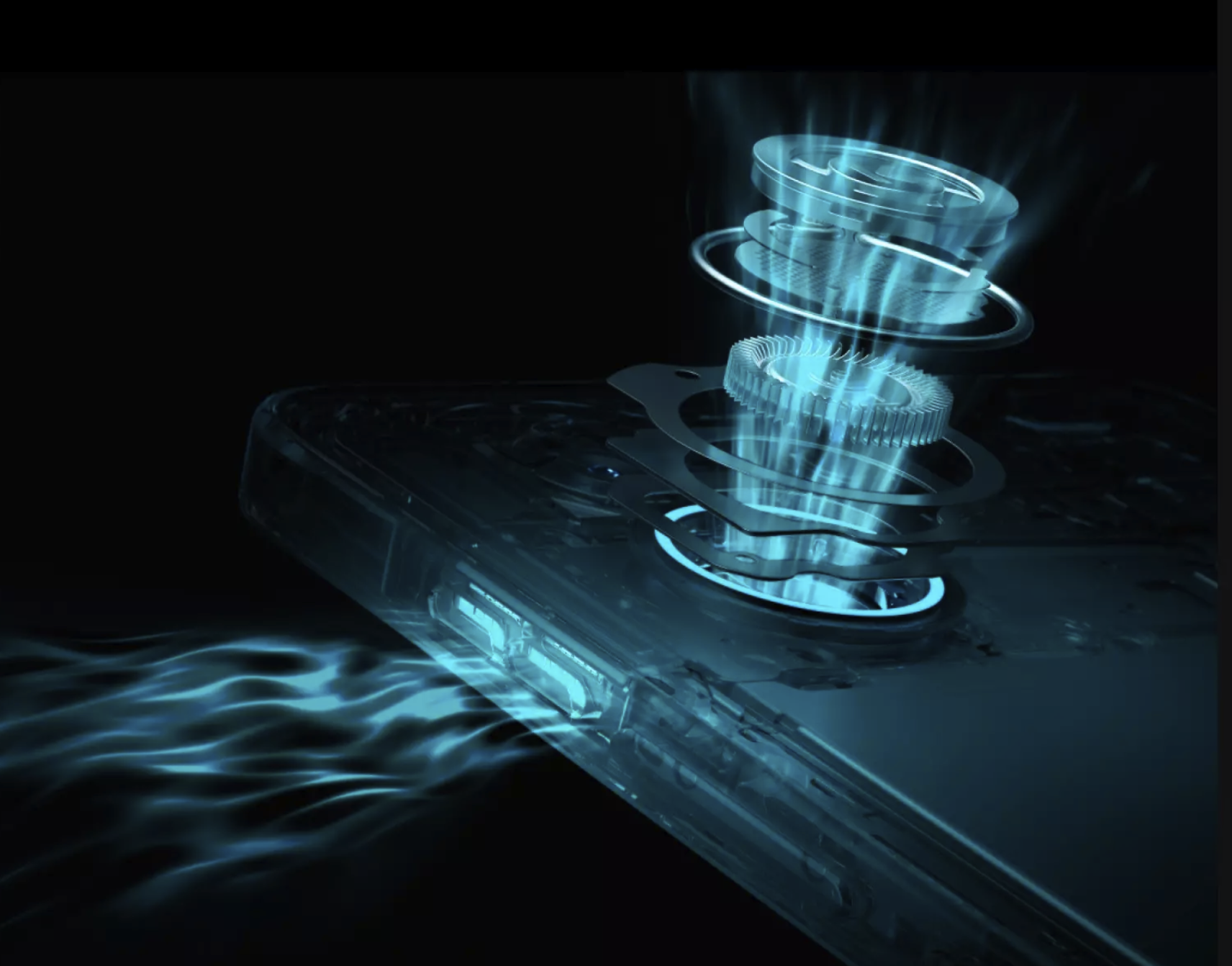
(Image source: OPPO)
From the performance of manufacturers, it can also be seen that changes in mobile phone form factors have reached their limits. Although manufacturers like Samsung and Honor have applied for patents for quad-fold phones, the likelihood of mass production is low due to factors such as yield rates, prices, and consumer demand. Triple folding is probably the upper limit for the number of folds in foldable phones.
On the Zhihu platform, netizens have also discussed what new form factors phones might have. However, most netizens believe that the form factors of phones have already reached their peak, and that smart glasses or implantable devices may replace phones in the future.
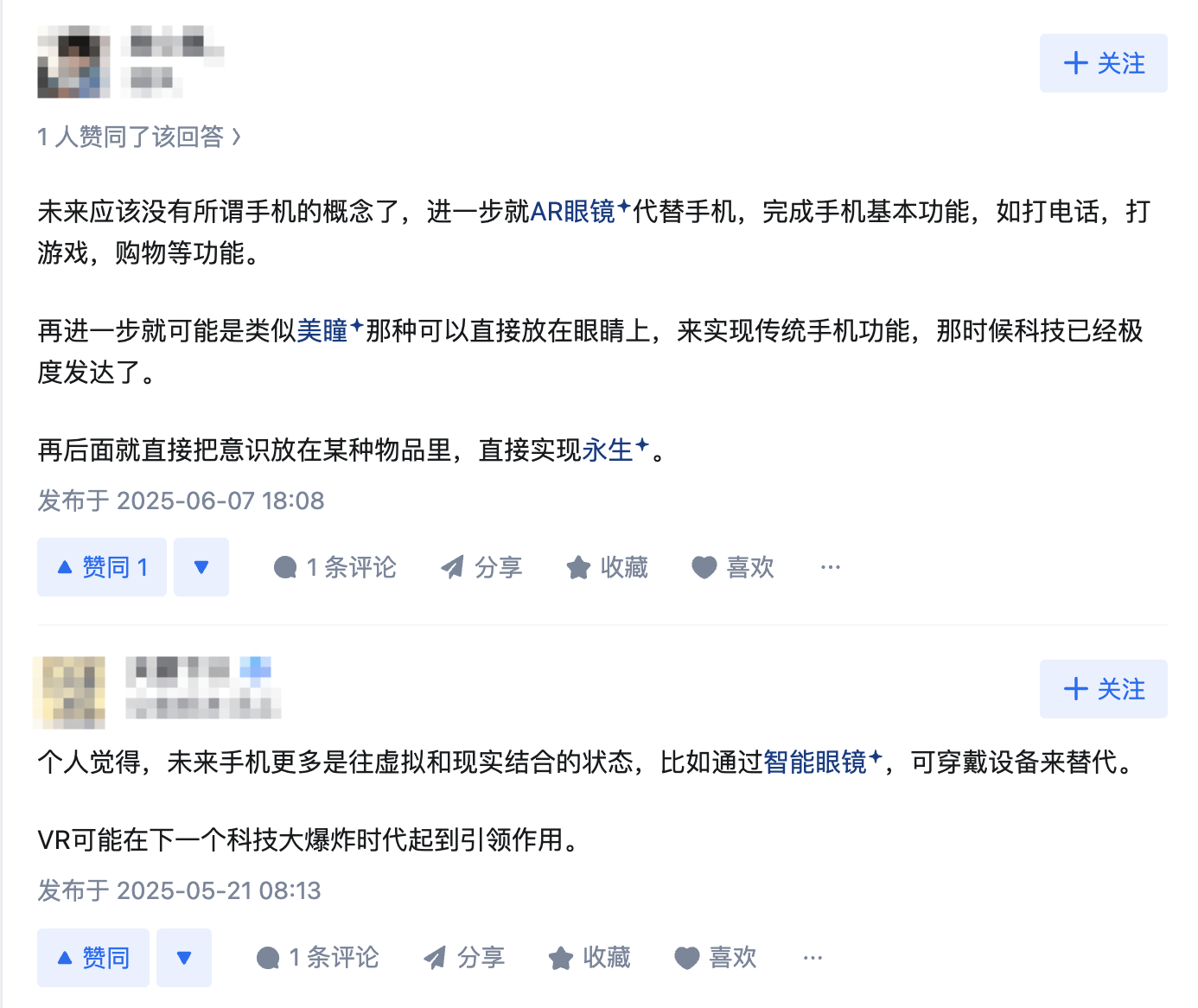
(Image source: Zhihu screenshot)
LeiTech believes that since entering the smartphone era, there has been no fundamental change in mobile phone form factor design, and it will be difficult to make significant improvements in the future. Mobile phone manufacturers may continue to focus on details such as phone color schemes and body materials and await the arrival of the era of the next generation of computing platforms.
Smart glasses have the potential to become the next generation of computing platforms. However, judging from the current development of this industry, it may take more than 10 years before they can replace mobile phones, as issues such as interaction and battery life need to be resolved first.
OPPO, Nokia, Motorola, design, interaction
Source: LeiTech
Images in this article are from: 123RF Licensed Stock Photo Library Source: LeiTech

